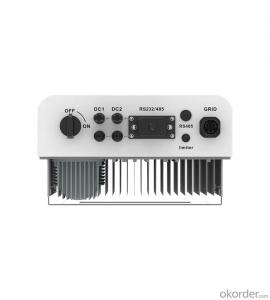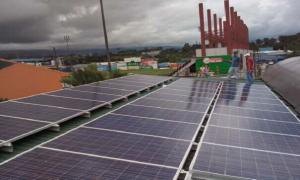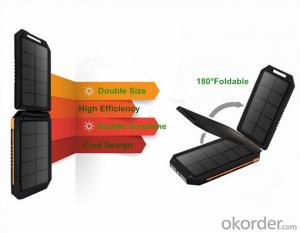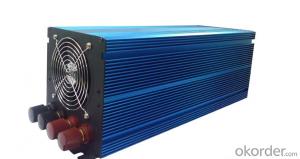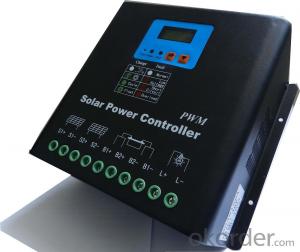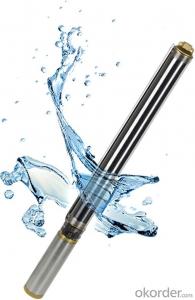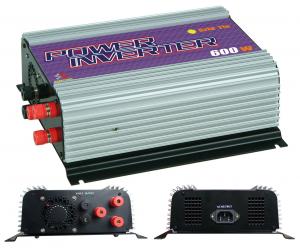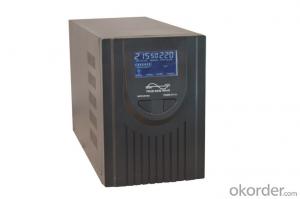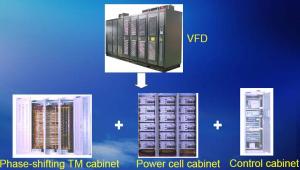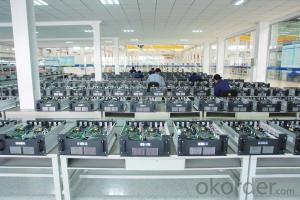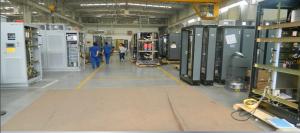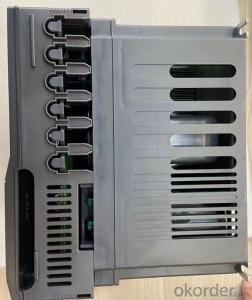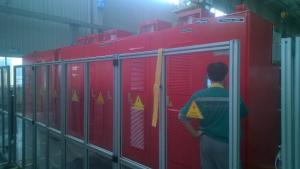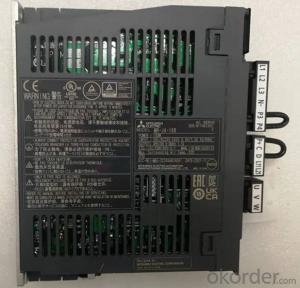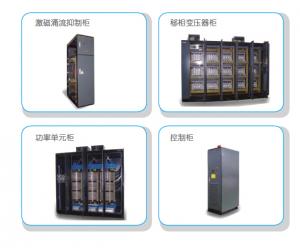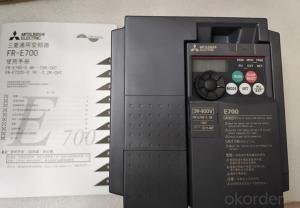6000w Solar Inverter
6000w Solar Inverter Related Searches
6000 Watt Solar Inverter Solar Power Inverter 6000w Solar Inverter 6000 Watt Solar Power Inverter 6000 Watt 600w Solar Inverter 6kw Solar Inverter 600 Watt Solar Inverter Solar Inverter 600w 600v Solar Inverter 6.5 Kw Solar Inverter Solar Inverter 600 Watt 6kw Hybrid Solar Inverter 6kva Solar Inverter 6kw Solar Inverter Price 60 Kw Solar Inverter 3.6 Kw Solar Inverter Solar Edge 6kw Inverter 6kv Solar Inverter Price 10000w Solar Inverter 6kw On Grid Solar Inverter 1.6 Kw Solar Inverter 4000w Solar Inverter 1000w Solar Inverter 6kw Off Grid Solar Inverter Solar Inverter 5000w 10000w Solar Power Inverter Solar Inverter 4000w 2000w Solar Inverter 4000w Solar Power Inverter 1000 W Solar Inverter6000w Solar Inverter Supplier & Manufacturer from China
The 6000w Solar Inverter is a high-performance product designed to convert solar energy into usable electrical power. This inverter is equipped with advanced features such as maximum power point tracking (MPPT), ensuring optimal energy conversion efficiency from the solar panels. The product is also designed to handle various grid requirements and is compatible with a wide range of solar panel systems.The 6000w Solar Inverter finds its application in a variety of scenarios, including residential, commercial, and industrial settings. It is particularly useful for powering homes, businesses, and even off-grid applications where a reliable and clean energy source is required. This product is also ideal for remote areas where access to traditional power sources may be limited or unreliable, providing a sustainable and eco-friendly solution for energy needs.
Okorder.com is a leading wholesale supplier of the 6000w Solar Inverter, offering a vast inventory to cater to the growing demand for renewable energy solutions. As a reputable platform, Okorder.com ensures that customers receive high-quality products at competitive prices, making it an ideal choice for those looking to invest in solar energy technology.
Hot Products















